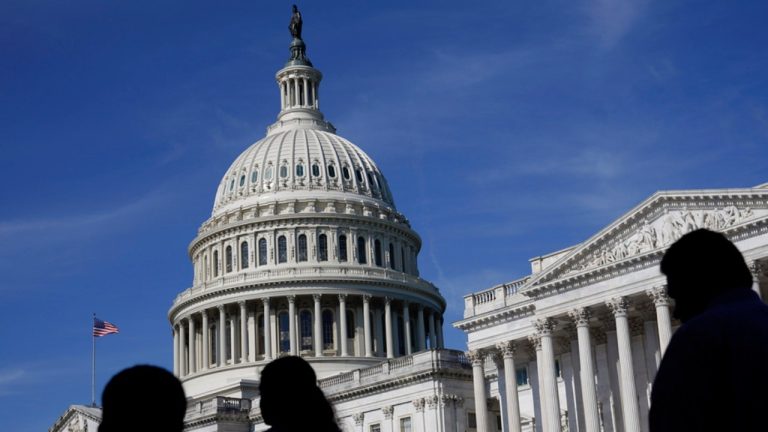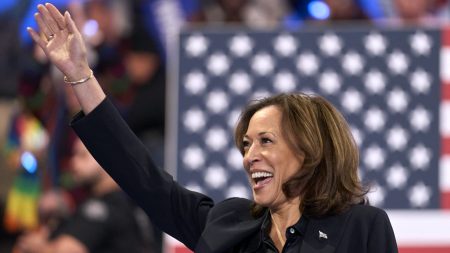The rapid increase in interest rates over the past year could cause some collateral damage to the U.S. government’s finances, because as interest rates rise, so will the federal government’s borrowing costs on its $32.68 trillion in debt.
Interest payments on the national debt are projected to be the fastest-growing part of the federal budget over the next three decades, according to the latest estimates from the Congressional Budget Office (CBO).
Thanks to a combination of high inflation, rising interest rates and unrelenting growth in the national debt, interest payments are expected to triple from nearly $475 billion in fiscal year 2022 to a stunning $1.4 trillion in 2032.
US NATIONAL DEBT TRACKER: SEE HOW MUCH THE GOVERNMENT OBLIGATIONS COST
By 2053, the interest payments are projected to surge to $5.4 trillion — more than the U.S. government spends on Social Security, Medicaid, Medicare and defense.
As a share of the economy, total interest on the national debt will hit a record 3.2% of GDP, which is the broadest measure of goods and services produced in the country, by 2030. That percentage will more than double to 6.7% by 2053.
“By 2051, spending on interest will be the single largest line item in the federal budget, surpassing Social Security, Medicare, Medicaid, and all other mandatory and discretionary spending programs,” said the Committee for a Responsible Federal Budget (CRFB), which advocates for reducing the federal deficit.
For years, the U.S. has been able to borrow cheaply as interest rates have remained historically low. However, as the federal funds rate increases, so will short-term rates on Treasury securities, making federal borrowing more expensive.
“The growth in interest costs presents a significant challenge in the long-term as well,” the Peter Peterson Foundation said.
NATIONAL DEBT HITS $32 TRILLION TWO WEEKS AFTER DEBT CEILING DEAL
The Federal Reserve has hiked interest rates 11 times in the span of just 16 months, lifting rates to their highest level since 2001. Although investors have been hoping for a pause in the relentless increase in rates, Fed meeting minutes released Wednesday indicate that additional hikes may be on the table this year as policymakers worry about “upside risks” to inflation.
FEDERAL DEFICIT TOPS $2 TRILLION OVER LAST 12 MONTHS
The CRFB projects that interest payments could eventually take up almost 35% of all federal revenue by the end of the next three decades. The group has called on Congress to work on reducing the national debt to better address fiscal challenges that may emerge in coming years.
“High and rising national debt will mean that more of the budget will go towards servicing that debt with interest payments instead of going towards other priorities,” the group said. “Importantly, a high interest burden also makes it more difficult for lawmakers to borrow more in times of emergency or during a war without significant consequences.”
As interest rates and the nation’s debt continue to grow, it will become even more expensive for the country to borrow money. Not only does that raise the risk of a financial crisis, but also takes away from spending on other economic opportunities for everyday Americans.
“Higher interest costs could crowd out important public investments that can fuel economic growth — priority areas like education, research and development, and infrastructure. A nation saddled with debt will have less to invest in its own future,” the Peter Peterson Foundation said.
The national debt hit $32.66 trillion this month after a burst of spending by President Biden and Democratic lawmakers.
As of September 2022, Biden had already approved roughly $4.8 trillion in borrowing, including $1.85 trillion for a COVID relief measure dubbed the American Rescue Plan, and $370 billion for the bipartisan infrastructure bill, according to the CRFB.
Read the full article here









